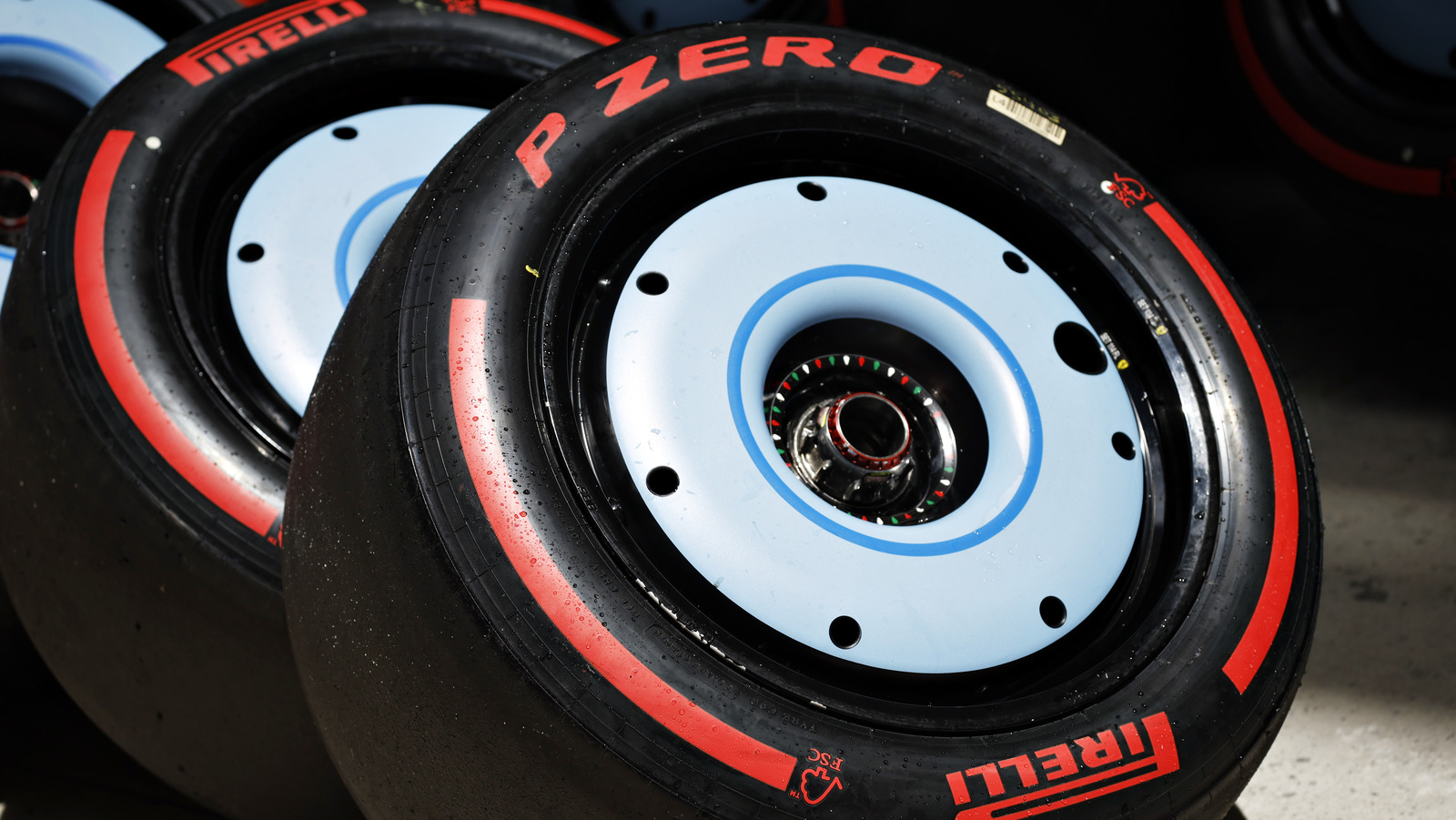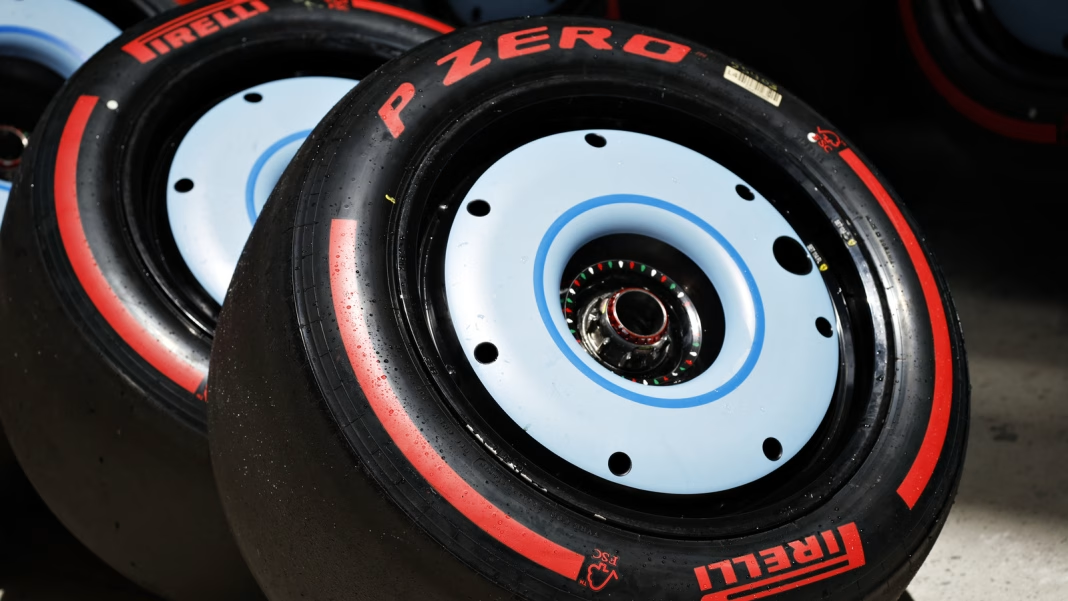Why Do Formula 1 Tires Look So Shiny These Days?
If you’ve tuned into a Formula 1 race lately, you might’ve caught yourself squinting at the screen, wondering why the tires look almost wet, even on a bone-dry track. That glossy, mirror-like shine is hard to miss—and it’s not just for show. So, what’s behind the sudden sparkle?
What Changed in the Manufacturing Process to Make F1 Tires Glossy?
A few years back, Formula 1 switched to a new tire supplier, and with that came a subtle but significant tweak in how the tires are made. Instead of the matte, almost chalky look fans were used to, the latest tires roll out of the factory with a smooth, glassy finish. This isn’t about aesthetics or marketing. It’s all about performance and consistency.
The secret lies in the mold release agent. When tires are baked in their molds, manufacturers use a special chemical coating to keep the rubber from sticking. In the past, this agent was often scrubbed off or wore away before the tires hit the track. Now, thanks to improved production methods, a thin, even layer stays on the surface—giving the tires that signature shine. It’s a small detail, but it signals a leap in quality control.
Does the Shiny Surface Affect Grip or Performance?
Here’s where things get interesting. You might assume that a slick, glossy tire would be slippery—especially in a sport where fractions of a second matter. But the shine is only skin-deep. The mold release agent is so thin that it burns off almost instantly once the tire hits racing temperatures. Within the first lap or two, the surface goes from glossy to the familiar matte black, and the tire’s true grip emerges.
Teams and drivers don’t worry about the shine. In fact, the real focus is on how quickly the tire warms up and how consistent the compound is from batch to batch. The improved manufacturing process actually helps here, ensuring each tire performs as expected. According to data from Pirelli, F1’s current tire supplier, the consistency of tire batches has improved by over 10% since the adoption of these new methods—a big deal when you’re chasing tenths of a second.
Why Don’t Road Car Tires Look the Same?
If you’re wondering why your own car’s tires don’t have that showroom gloss, it comes down to priorities. Road tires are designed for longevity, comfort, and all-weather performance. The mold release agent is often scrubbed off or wears away during shipping and storage. Plus, nobody’s scrutinizing your daily driver’s tires under high-definition cameras.
In F1, every detail is engineered for peak performance. The shiny look is a byproduct of that relentless pursuit of perfection, not a goal in itself.
Are There Any Downsides to the Glossy Finish?
Some fans have speculated that the shiny surface could make it harder for teams to spot early signs of tire wear or damage. In reality, the gloss disappears so quickly that it’s rarely an issue. Engineers rely on sensors, thermal cameras, and old-fashioned driver feedback to monitor tire health. If anything, the improved consistency and quality control far outweigh any cosmetic quirks.
What Does This Mean for the Future of F1 Tire Tech?
The move to glossier tires is just one example of how Formula 1 never stands still. As tire technology evolves, expect even more subtle changes—whether it’s new compounds, different construction methods, or smarter ways to recycle old rubber. The sport’s relentless innovation often trickles down to road cars, too. So, that next-gen tire tech you see on the grid today might just show up in your garage tomorrow.
The big takeaway? F1’s shiny tires aren’t about perfection—they’re about smarter adjustments. Start with one change this week, and you’ll likely spot the difference by month’s end.


